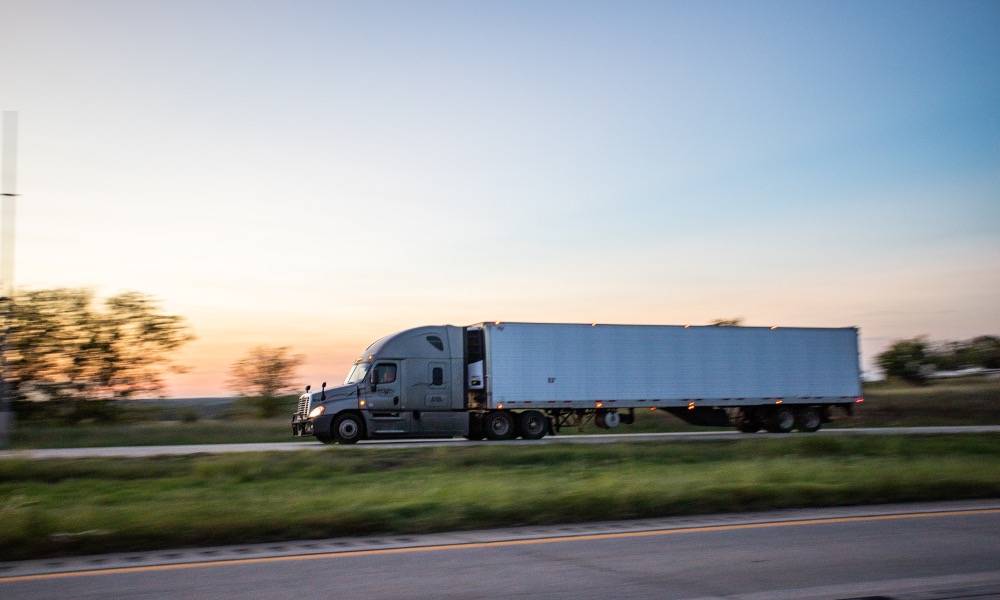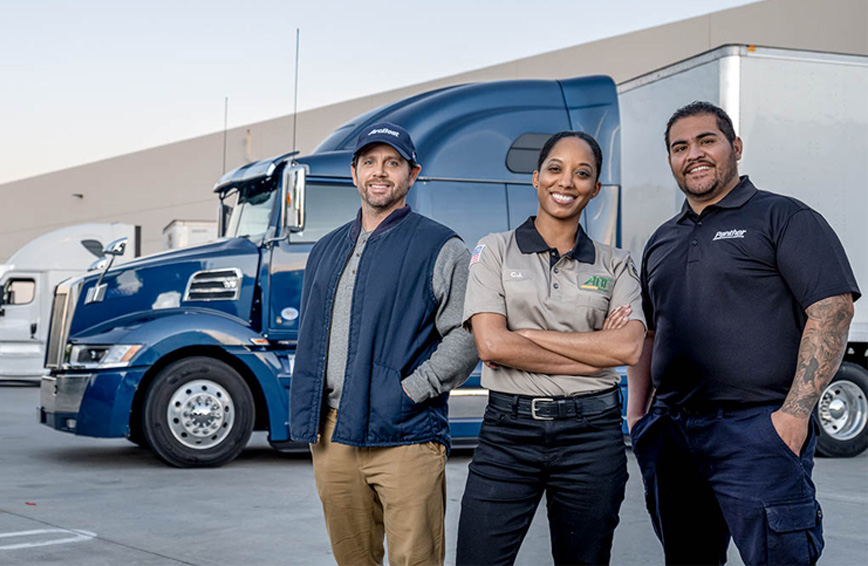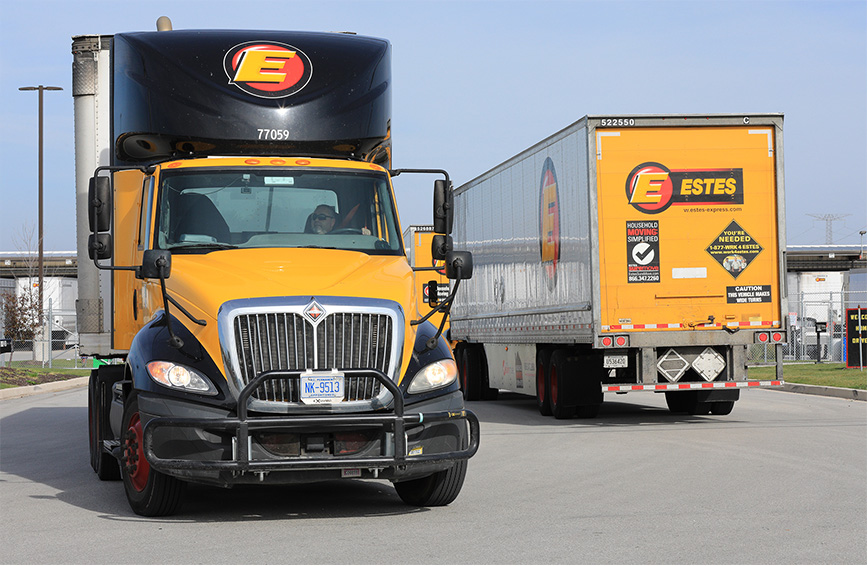If you're an LTL carrier, one of your biggest challenges is routing all those last-mile stops that crisscross the same territory, thereby wasting fuel, money, and your drivers' time. The ones that make you miss your delivery appointments and get your customers sore at you. When all the shipments that need to be delivered today haven't arrived at the terminal yet, you need a tool that supplies you with a forward-looking plan with built-in assumptions and slack to accommodate the reality later in the day.
Paradoxically enough, LTL operations have adopted pickup and delivery tools at a very low rate. Today none of the large LTL carriers in North America is fully using a commercial optimization-based tool. Currently some are using solutions in experimental states or just using sequence optimization within each route, but not optimizing which shipments should go on each route.
Almost all of the large LTL carriers have an in-house solution. Usually, it's an AS400 extension (otherwise known as LTL400) or a map-based solution with limited interactivity.
Why is this? Most of the current solutions were built for warehouse-to-store delivery (such as to Macy's or Dillard's) or real-time pickup and delivery (for example, food delivery). The problem with these stopgap solutions is that they're not designed with LTL workflows in mind. LTL planning requires a multi-step workflow of shipment planning, wave planning and driver assignment. Current off-the-shelf tools primarily focus on route planning, which doesn't meet the overall workflow needs.
Optimizing for pickup & delivery planning
To succeed, an optimization tool would have to consider the unique needs of LTL delivery, such as:
- Wave-based delivery planning: Waves of driver dispatches are directed from the terminal so long-distance or early commitments can be dispatched early in morning, while later ones leave in a second or third wave later in morning. Since not all shipments are available at same time (due to varied linehaul arrival times), all dispatches can't be done at the same time.
- You have to plan with unknown pickups in mind: Because pickups aren't known in advance in most cases, delivery routes have to be planned so they end in the pickup-heavy zone at the right time.
- Driver familiarity with the zone: Drivers prefer to go to the same area every day, which is beneficial from the customer's point of view, since they see familiar faces who know the special needs of customers and their docks. An optimizer that randomly plans routes, simply minimizing travel distance, doesn't work.
- Shipment sizes vary tremendously in LTL, and different-sized trailers are sometimes necessary in different parts of town. The solution must make efficient use of vehicle capacity.
- No zig-zag: It's preferred to let the drivers go to an area and complete all the deliveries there, instead of hitting the highway multiple times, which an off-the shelf optimizer doesn't understand.
- Special requirements: Not all trucks are equipped with special equipment like liftgates. As a result, you need to plan keep these constraint resources in mind.
To get the job done, you need a workflow-based planner that can replace all planning steps, using a map-based tool. The platform should support the visual- and attribute-based grouping of shipments and automatically process all calculations to reduce user workload. Your program needs to create routes that keep drivers in their daily zones, or close to them. You also require a cloud-based capability that can scale and integrate seamlessly in an LTL framework, while not demanding a lot of attention from your current IT staff.
Optym has been working with LTL carriers to solve their planning and scheduling problems. With deep insight into LTL operations and decades of algorithm, machine learning and AI experience, we've developed a solution named RouteMAX.
In an instant, RouteMAX comes up with the best route and delivers it to your drivers, so they can make all their stops and meet all your customer appointments and guaranteed deliveries – while saving miles and man-hours in the process.
Check out RouteMax to learn more.




-2.jpg)